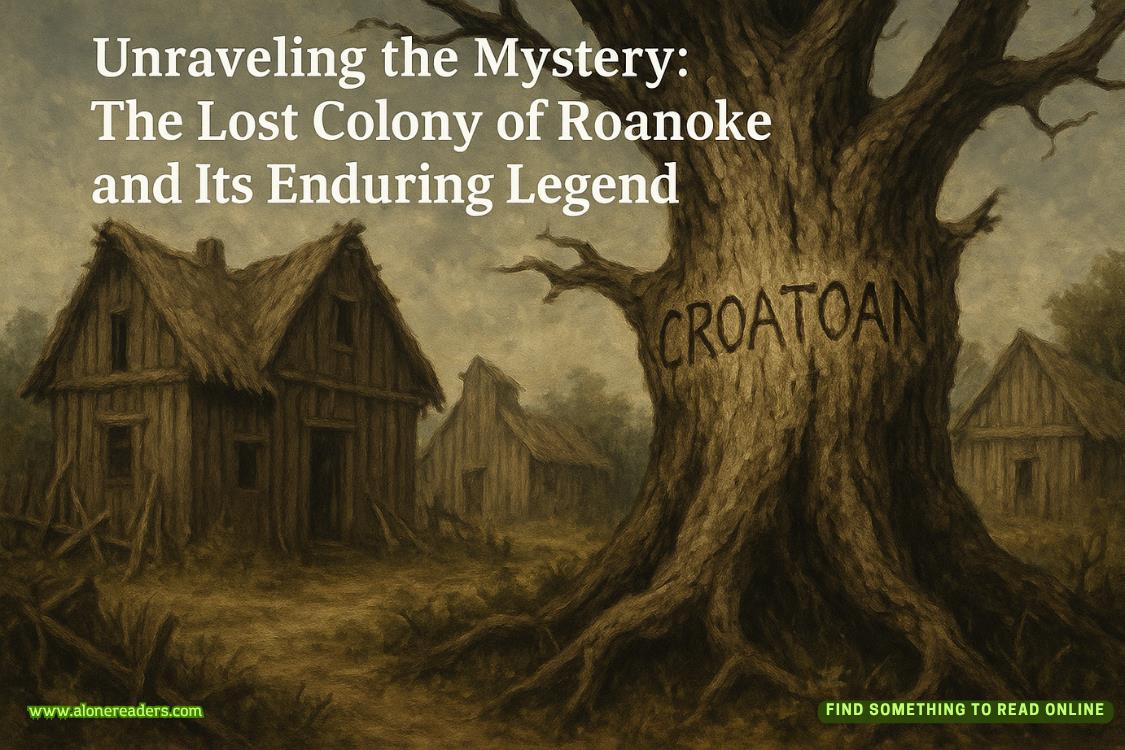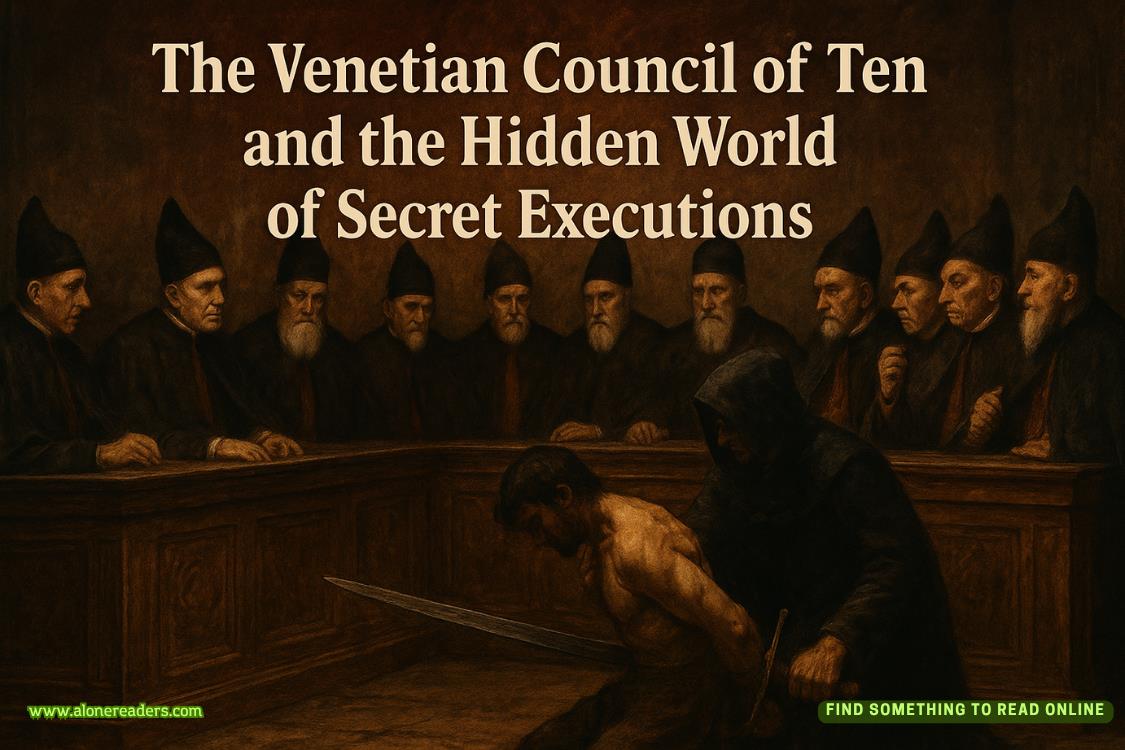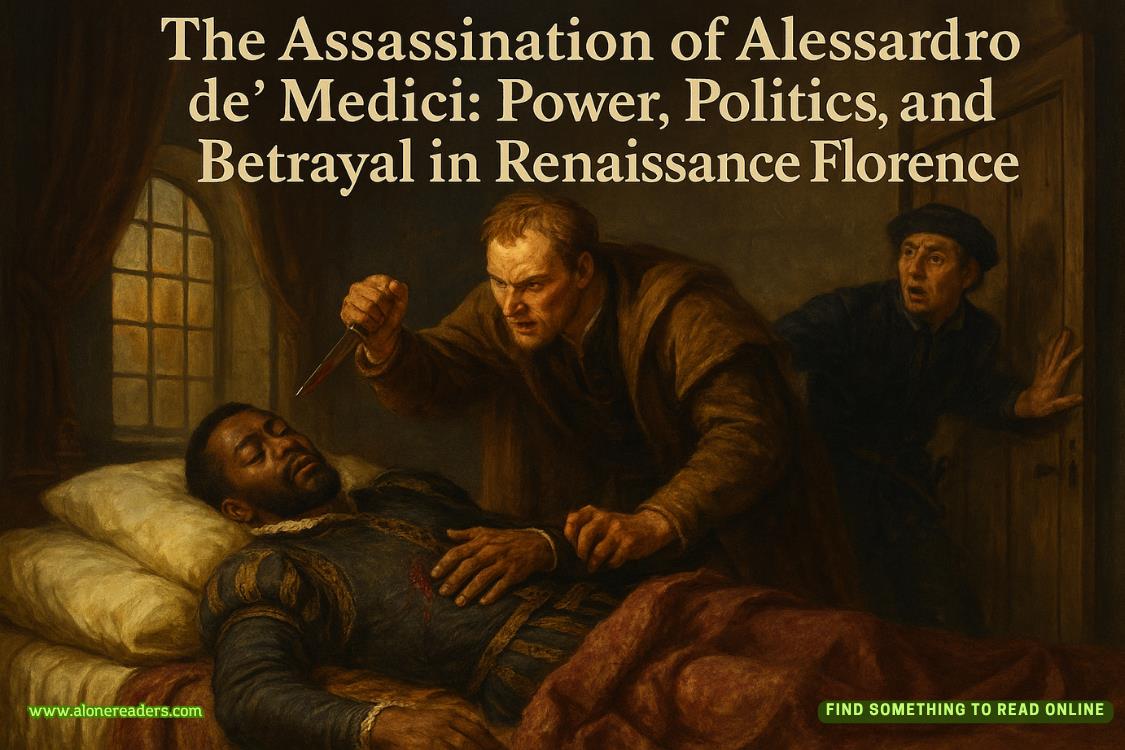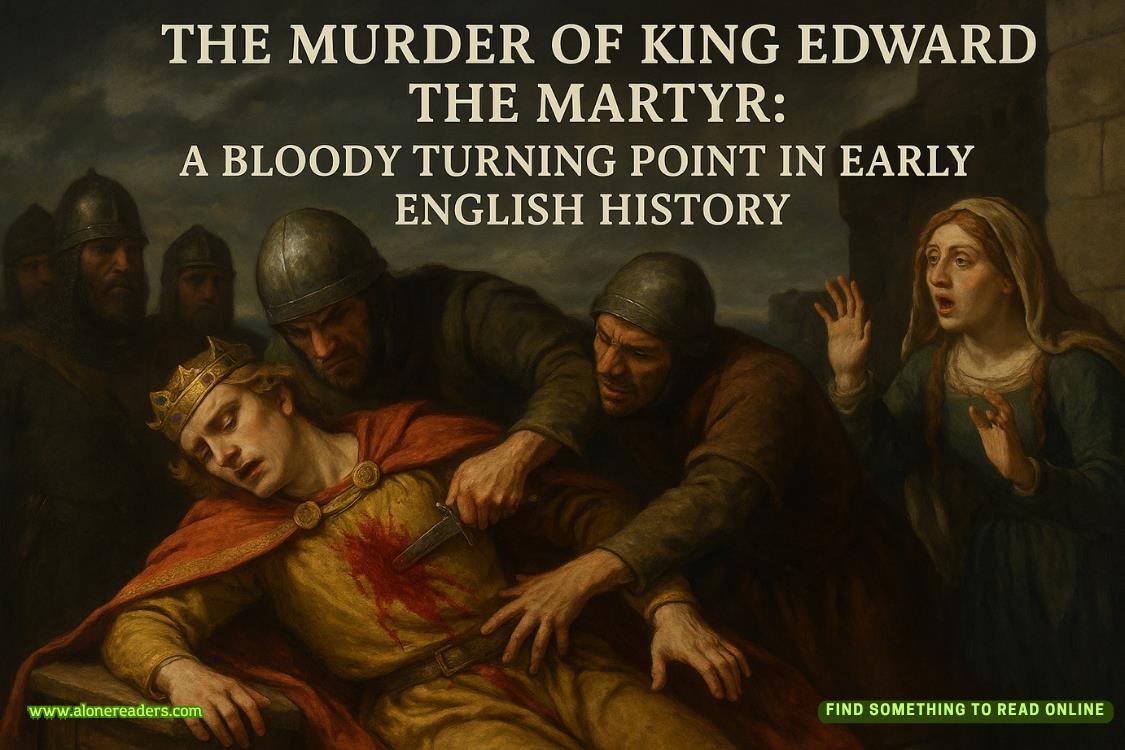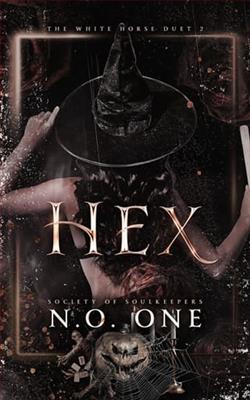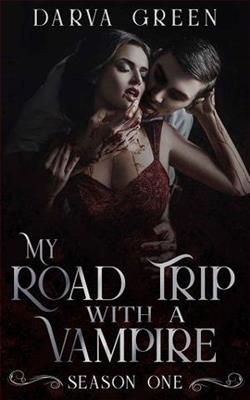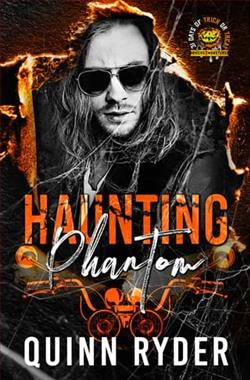Page 65 of What Angels Fear
The Italian’s eyes went wide. “Me? But... Surely you don’t believe that I killed Rachel?”
Sebastian kept his gaze steady on the other man’s face. “Where were you?”
“Why, here, of course. Painting.”
“Anyone with you?”
The Italian tightened his jaw. “No.”
Sebastian paused, his attention caught by a nearby small canvas. It looked like a study for a larger painting, a family portrait. The grouping was of a man and three women, each at a different stage in her life. The matriarch of the family sat in the center. She was thin and wrinkled and stooped with age, but her eyes still shone with such determination and pride that she completely overshadowed the woman to her left, a pale, vacant-faced lady of middle years who was undoubtedly the man’s wife. On the other side, the family’s brown-haired, plain-faced daughter, who looked to be in her early twenties, stared at something just out of sight, as if to disassociate herself from the others. And towering above them all, his arms spread as if both to protect the women and to dominate them, stood a large, jowly man with a florid complexion and fiercely staring eyes that Sebastian recognized as Charles, Lord Jarvis.
Sebastian glanced up to find the artist watching him nervously. “You’re doing a portrait of Lord Jarvis’s family?”
“That’s the study. The portrait itself was finished last spring.”
“When you were still painting theatrical scenery?”
A muscle ticked along the side of Donatelli’s jaw. “Lord Jarvis is known for his generous encouragement of new artists. He’s the man responsible for bringing me to the attention of the ton.”
Sebastian looked back at the family grouping. He was aware of a shadow of a thought flitting about the edges of his consciousness. But when he tried to reach for it, it simply floated away, a pale, mocking chimera that was there, and then gone.
The small flintlock still in hand, Sebastian continued about the room, studying the various canvases propped against the walls, looking for something that would tie all the strange, disparate threads of Rachel’s life and death together.
He stopped suddenly before a haunting painting of a young girl, her wrists tied together over her head, her naked body twisted in agony, her eyes cast heavenward as if to beseech her god for mercy. As he looked closer, Sebastian realized that the girl was Rachel, only younger. Much younger. “That’s Rachel York, isn’t it? As a child.”
Giorgio Donatelli was looking, not at the painting, but at him. “You’re the merchant who was here on Friday. You look different, but the features are the same.” His brows drew together in a troubled frown. “You asked about Rachel then, too. Why?”
There were probably half a dozen things Sebastian could have said. He decided to use the truth. “Because I’m trying to find out who killed her.”
“They say they know who did it. A viscount named Devlin.”
“I am Devlin.”
Sebastian wasn’t sure how he expected the other man to react. Donatelli glanced down at the pistol Sebastian still held in his hand, then away, and nodded once, as if he’d somehow come to this conclusion himself.
“Rachel used to talk to me sometimes,” he said, jerking his chin toward the canvas, “when I was painting her. She’d tell me about her life, about when she first came to London. And before. It’s what gave me the idea for this painting.”
“Her life in Worcestershire?”
Donatelli’s eyes shone dark and fierce. “She was only thirteen when her father died. Her mother was already dead and she had no relatives willing to take her in, so she was thrown on the parish. They sold her as a housemaid.” He sucked in a deep breath that flared his nostrils and expanded his chest. “They do that here, you know. You English, you talk so fine, looking down your noses at the Americans and prosing on about the sin and inhumanity of their African trade. And yet you sell your own children into slavery.”
He paused. “They sold her to a fat old merchant and his wife. She was mad, that woman. Sick in her head. She used to tie Rachel to a post in the cellar and lay her bare back open with a whip.”
Sebastian stared down at the naked, frightened girl in the painting. He was remembering the thin, crisscrossing bands of white lines Paul Gibson had found on Rachel’s back, and the scars on her wrists.
“But what the merchant did to her was even worse.” Donatelli’s voice trembled with emotion. “He used Rachel as his whore. A thirteen-year-old girl child, and he bent her over his desk and took her from behind like a dog.”
“A woman who’s been through something like that, I wouldn’t think she’d have much use for men,” said Sebastian softly.
“She learned to do what she needed to survive.”
“Did you know she was planning to leave London?”
Donatelli’s gaze shifted away. “No. She never mentioned it.”
“But you knew she was with child.”
It was said as a statement, not a question. To Sebastian’s surprise, Donatelli’s eyes went wide, his lips parting as if on a sudden gasp of fear. “How do you know that?”




